Love bringing greenery into your home, but worry about your pets getting into trouble? You’re not alone. Dogs, cats, and especially curious kittens or pups tend to explore everything, including your plants.
That’s why it’s important to choose indoor plants that are not only beautiful and low-light tolerant but also completely safe for pets. In this guide, we’ve rounded up 23 low-light houseplants that are safe for both cats and dogs.
These plants can thrive in shaded corners or rooms with minimal sunlight, and most of them are easy to grow, even for beginners. Each plant below is verified non-toxic to pets according to the ASPCA. Let’s explore your new green companions!
#1 Spider Plant
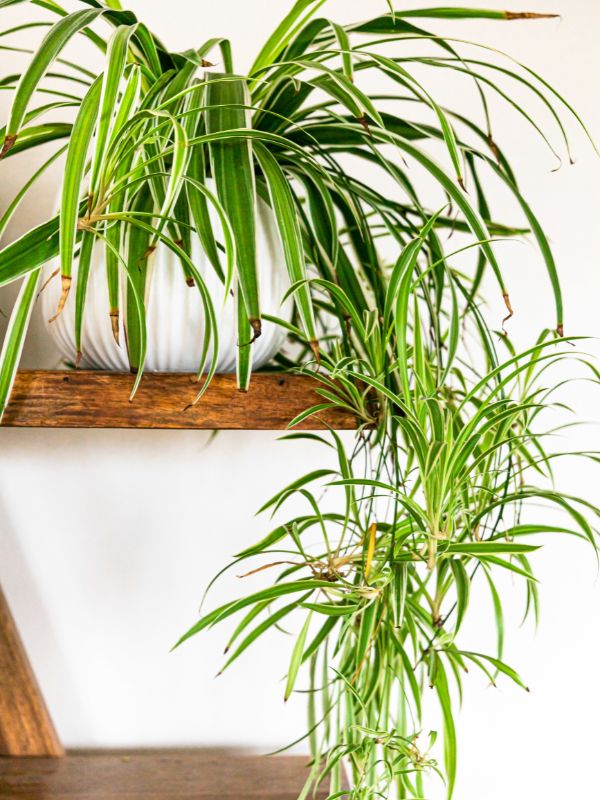
Spider Plants are a favorite for a reason: they’re incredibly forgiving, fast-growing, and brilliant at purifying indoor air. Whether you’re working with low light or a bright corner, this adaptable houseplant handles it with ease.
Even better? It’s totally safe for cats and dogs, as confirmed by the ASPCA, so there’s no stress if your feline decides to swat at its arching green-and-white leaves.
According to NASA’s Clean Air Study, spider plants can help reduce common household toxins like formaldehyde and carbon monoxide, giving your space a cleaner, fresher feel.
#2 Boston Fern
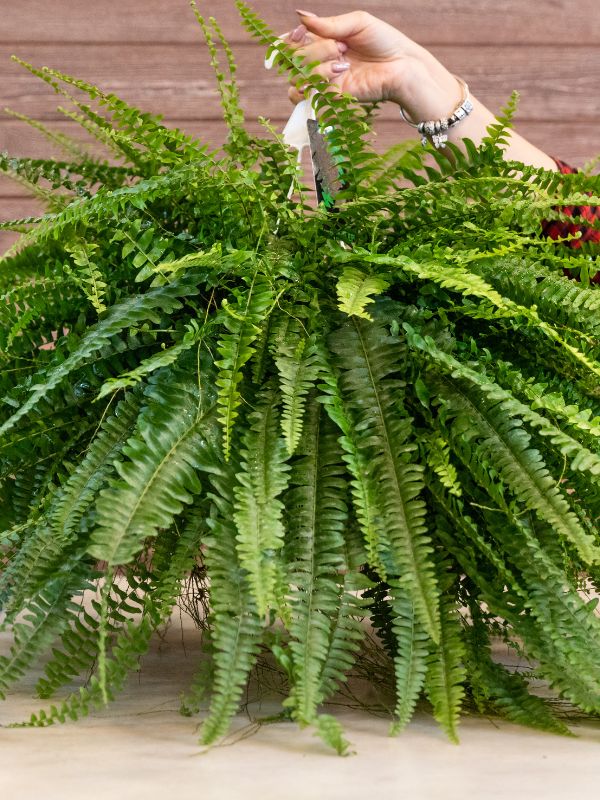
Boston Ferns bring elegant, feathery fronds into your space, instantly softening any corner with lush greenery. Despite their delicate look, they’re hardy and adaptable, thriving in low to medium light with just a bit of humidity.
Best of all, they’re completely non-toxic to both cats and dogs, making them a worry-free choice for homes with curious pets. In addition to their pet-friendly nature, Boston Ferns offer real health perks.
According to research published in HortScience, ferns like this one are effective at removing airborne pollutants like formaldehyde and xylene.
#3 Gloxinia
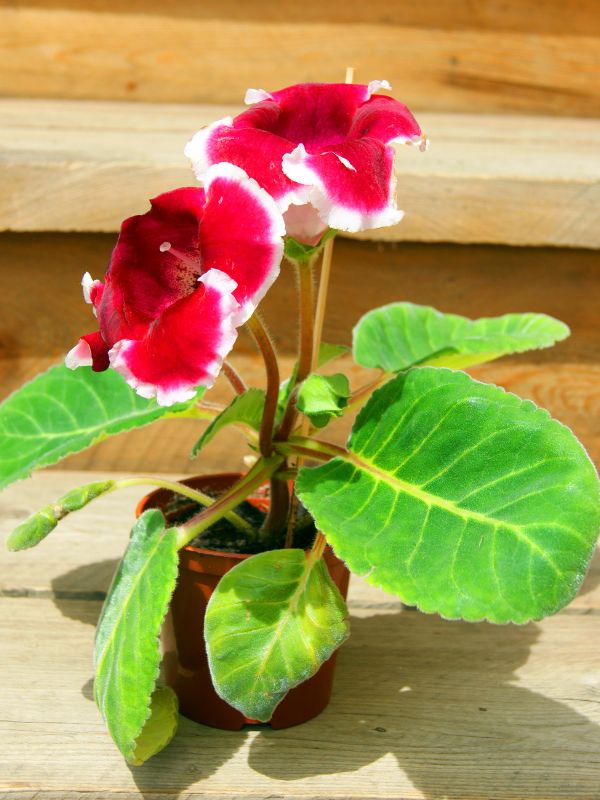
Gloxinias are known for their large, velvety trumpet-shaped flowers in brilliant colors. These showy plants are perfect for adding a splash of vibrancy indoors.
They prefer indirect light and moderate watering. Gloxinias are also safe for pets according to the ASPCA, so they’re a bright choice for pet owners. Keep them somewhere warm and away from direct sun.
#4 Wax Plant
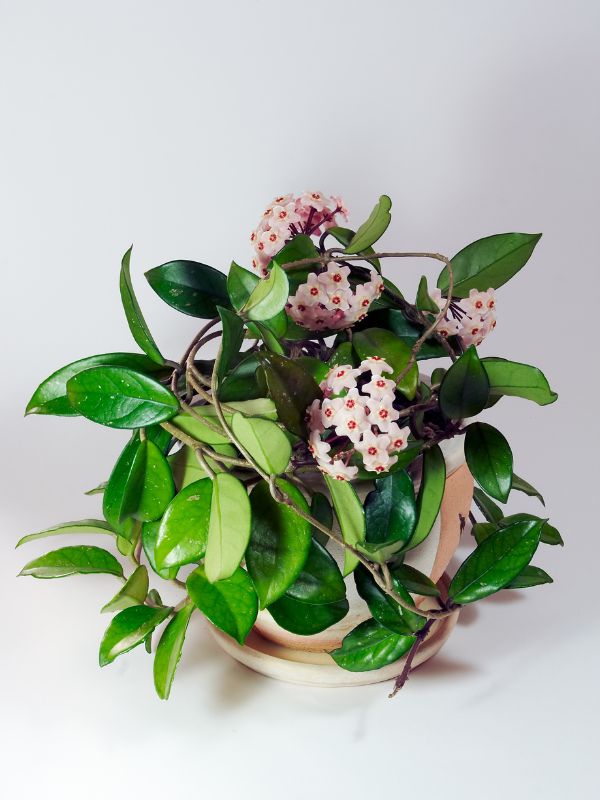
The Wax Plant stands out with its thick, shiny leaves and clusters of fragrant, star-shaped blooms. It’s an easy-care vine that can handle low light and sparse watering.
Let it trail from a hanging pot or climb a small trellis near a window.
#5 Moth Orchid
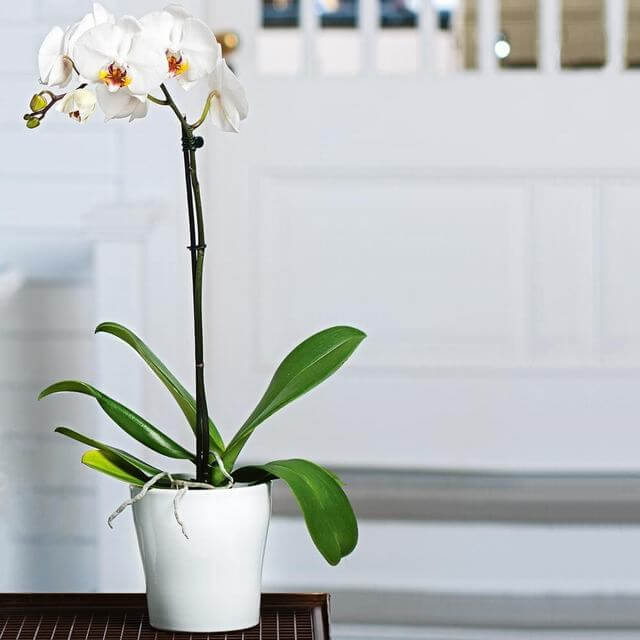 Image Credits: Whiteflowerfarm
Image Credits: Whiteflowerfarm
Moth Orchids bring elegance with their graceful blooms that can last for months. Despite their delicate appearance, they’re surprisingly easy to maintain in low to medium light.
According to ASPCA, they’re pet-safe, so you can display them freely. Water them sparingly, letting roots dry slightly between waterings.
#6 Bromeliads
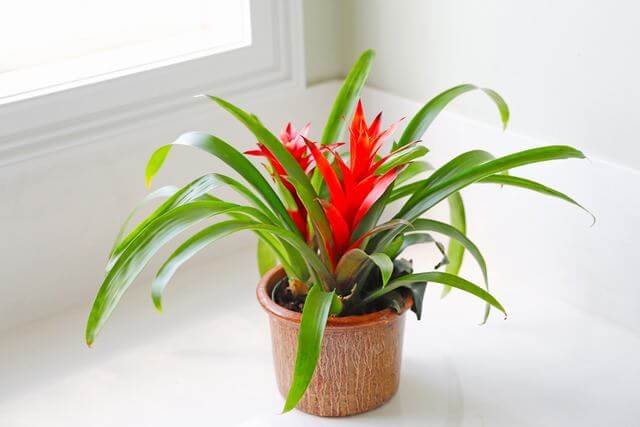 Image Credits: Gardenersworld
Image Credits: Gardenersworld
Bromeliads offer tropical flair with their colorful, sculptural blooms and strappy leaves. They’re adaptable, thriving in low light and requiring little attention.
A shallow watering in the center cup keeps them happy. Great for adding color to bookshelves or side tables.
#7 Fittonia
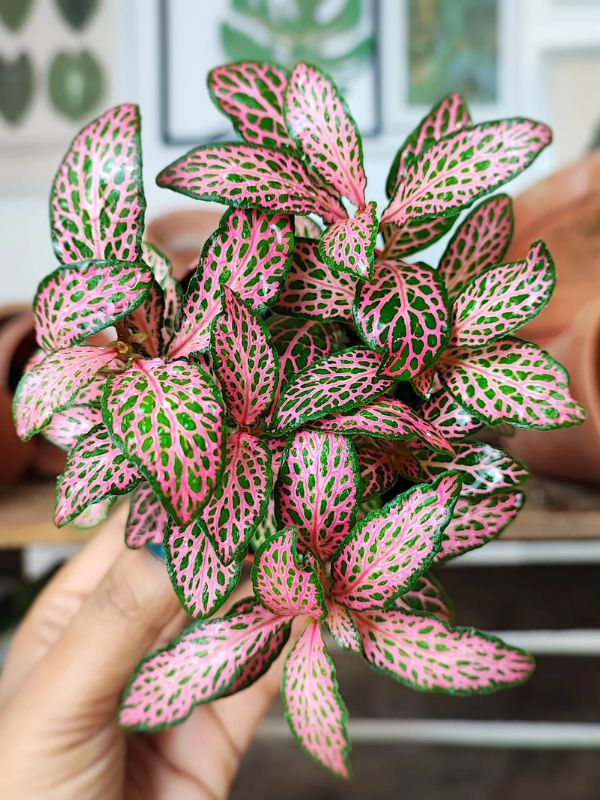
Fittonia, or nerve plant, shows off vibrant green leaves with striking white or pink veins. It enjoys low light and consistent moisture but doesn’t like to dry out.
ASPCA confirms it’s safe for pets, so no need to worry if your cat gets curious. Tuck it into a terrarium or cluster it with other small plants for maximum charm.
#8 African Violet
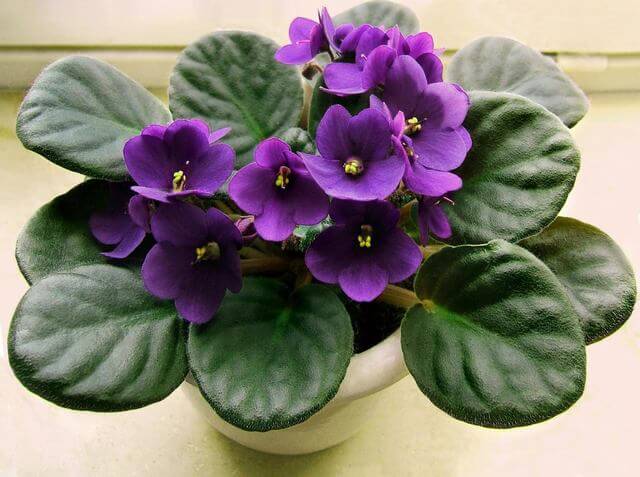 Image Credits: Almanac
Image Credits: Almanac
African Violets are compact, flowering houseplants that bloom in shades of purple, pink, and white. They thrive in moderate to low light and prefer room-temperature water.
Place them on a sunny windowsill, avoiding direct sun.
#9 Purple Passion
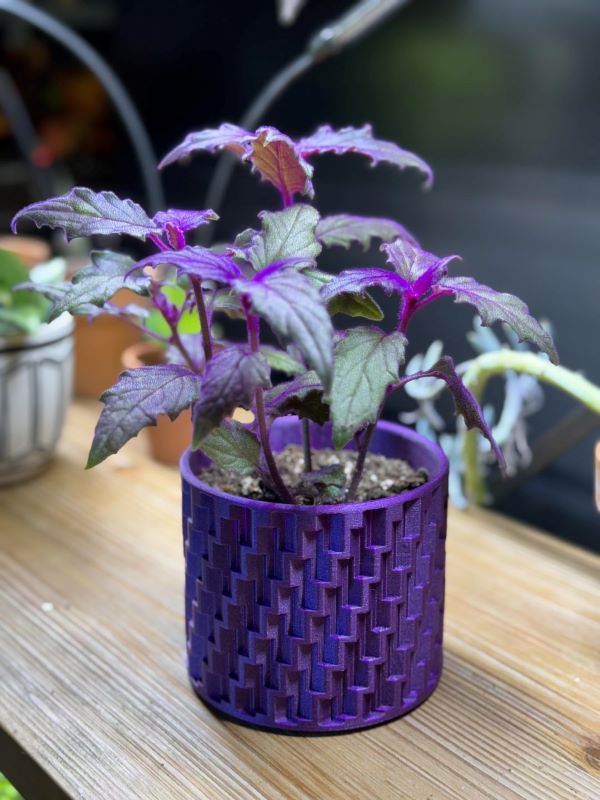
Purple Passion is a fun plant with velvety green leaves and bold purple fuzz. It prefers bright, indirect light but will adapt to lower levels.
This plant is safe for cats and dogs, according to ASPCA. Water when the topsoil feels dry. Its vibrant look makes it a great accent in modern homes.
#10 Friendship Plant
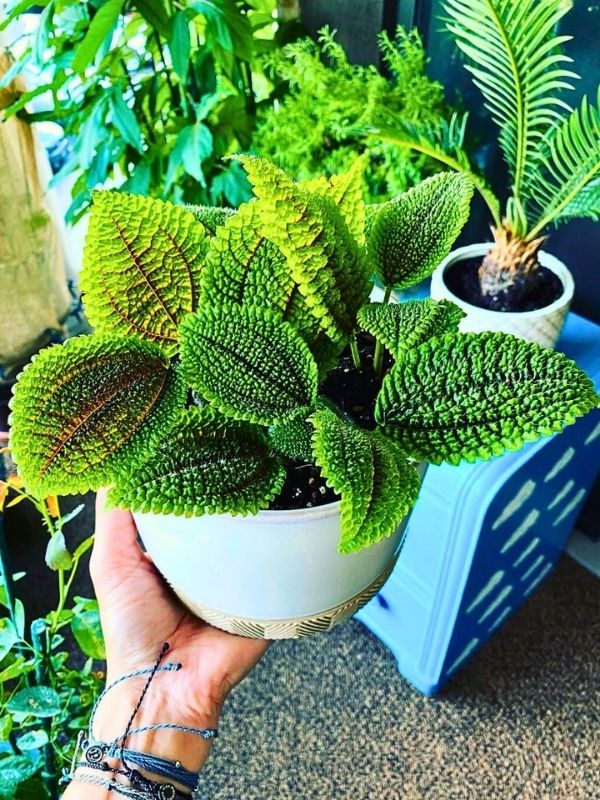
The Friendship Plant has beautifully textured leaves with a bronze-green hue. It’s low-maintenance, needs moderate moisture, and tolerates lower light levels.
Use it as a shelf plant or part of a mixed indoor display. Regular misting keeps its foliage lush.
#11 Chinese Money Plant
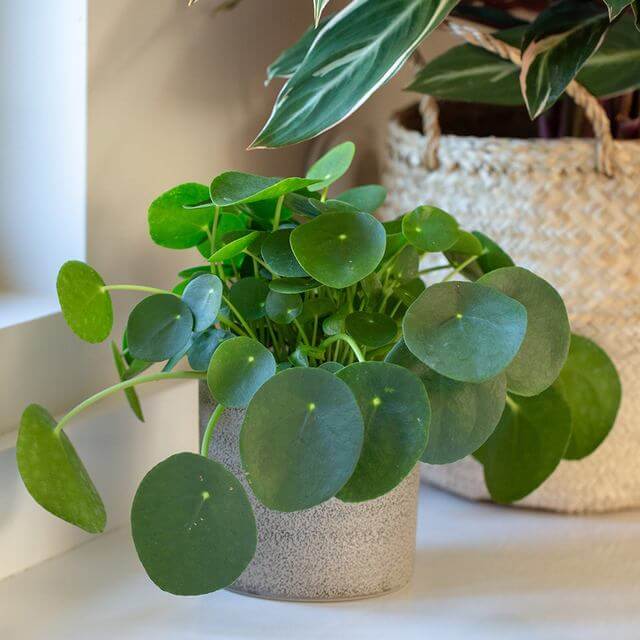 Image Credits: Thelittlebotanical
Image Credits: Thelittlebotanical
With its pancake-shaped leaves and quirky charm, the Chinese Money Plant is a conversation starter. It thrives in indirect light and only needs water once the soil dries a bit.
The ASPCA confirms it’s pet-friendly. Give it space to grow evenly by rotating the pot weekly. Bonus, it’s easy to propagate.
#12 Baby Rubber Plant
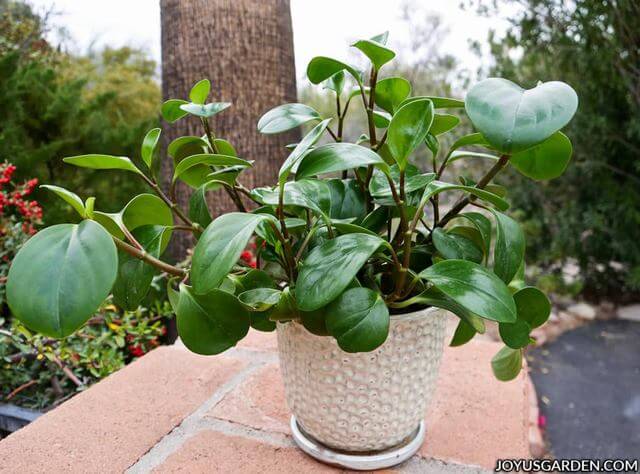 Image Credits: Twitter
Image Credits: Twitter
This glossy-leafed houseplant stays compact and needs little fuss. It prefers low to moderate light and occasional watering.
Place it on desks or windowsills for a pop of greenery.
#13 Watermelon Peperomia
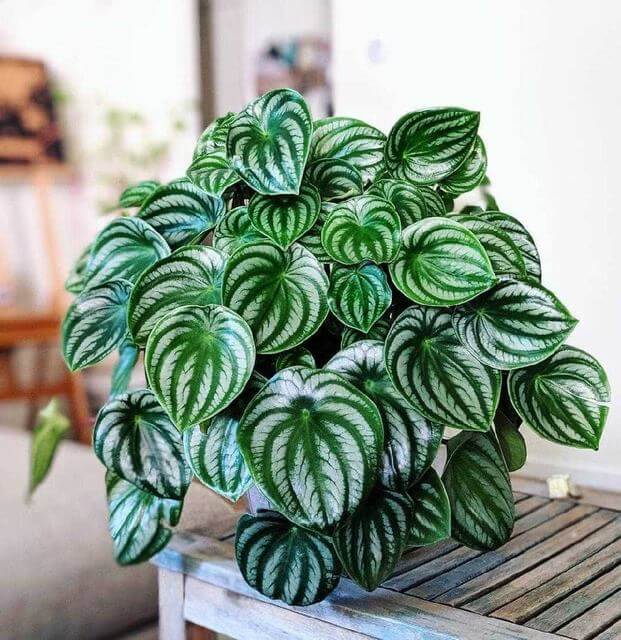 Image Credits: Listy
Image Credits: Listy
Watermelon Peperomia is a visual treat with leaves that mimic watermelon rinds. It stays small and does well in low to medium light.
ASPCA confirms it’s non-toxic to cats and dogs. Water when the top inch of soil dries out. Its playful look is perfect for brightening compact spaces.
#14 Parlor Palm
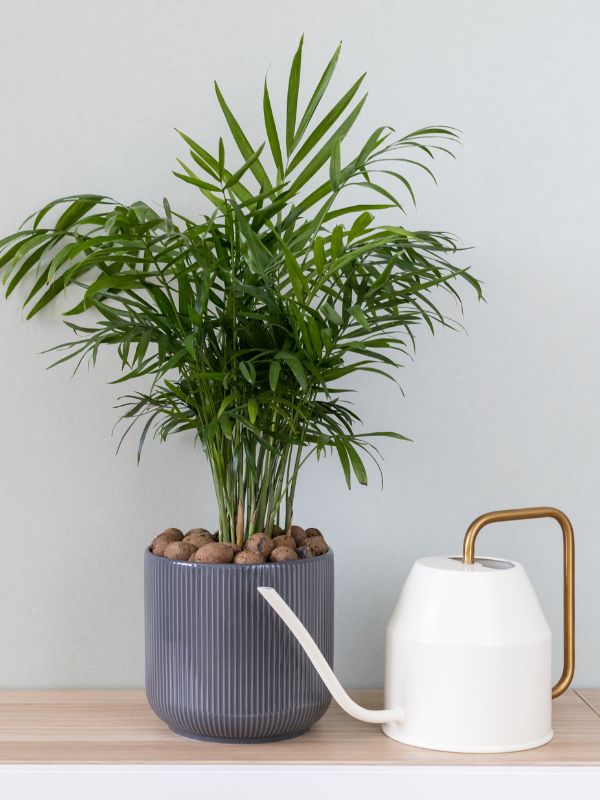
The Parlor Palm is classic, slow-growing, and perfect for shaded corners. It needs minimal care and adds a tropical touch to your space.
Water occasionally and wipe leaves to keep them clean. Ideal for beginners and low-light rooms.
#15 Pearl Plant
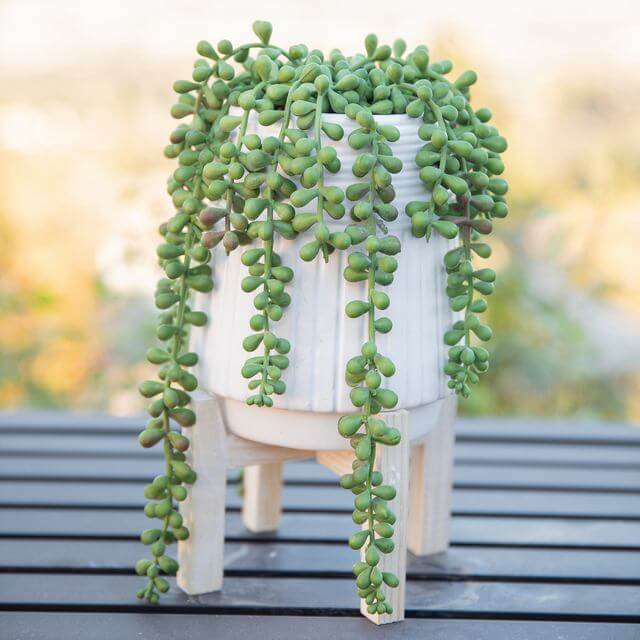 Image Credits: Wayfair
Image Credits: Wayfair
This succulent has firm, pointed leaves with raised white dots, earning it the name “Pearl Plant.” It enjoys indirect light and infrequent watering.
ASPCA confirms it’s safe for pets. Let the soil dry completely between waterings. Its unique texture adds character to succulent arrangements.
#16 Prayer Plant
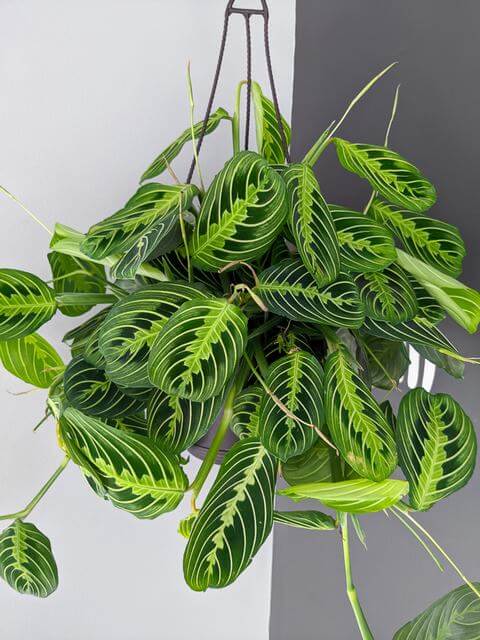 Image Credits: Bybrittanygoldwyn
Image Credits: Bybrittanygoldwyn
Prayer Plants fold their leaves at night, giving them their name. They love humidity and medium light but tolerate lower light as well.
Mist often and keep the soil slightly moist. Their animated foliage adds movement to any plant display.
#17 Haworthia
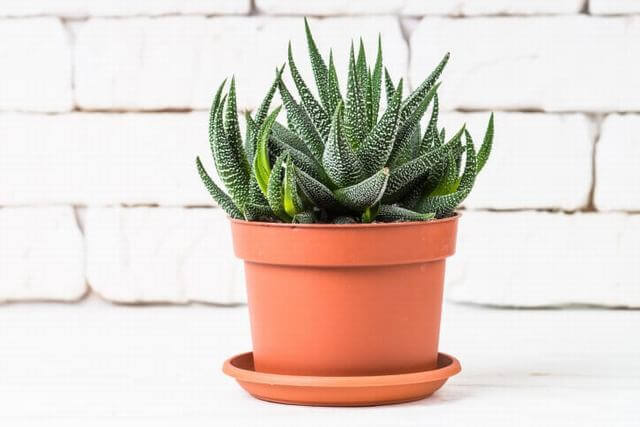 Image Credits: Apartmenttherapy
Image Credits: Apartmenttherapy
Haworthias are petite succulents that thrive in indirect light and need watering every couple of weeks. Their striped leaves look striking up close.
ASPCA lists them as safe for cats and dogs. They’re ideal for windowsills, offices, or mixed succulent trays.
#18 Peacock Plant
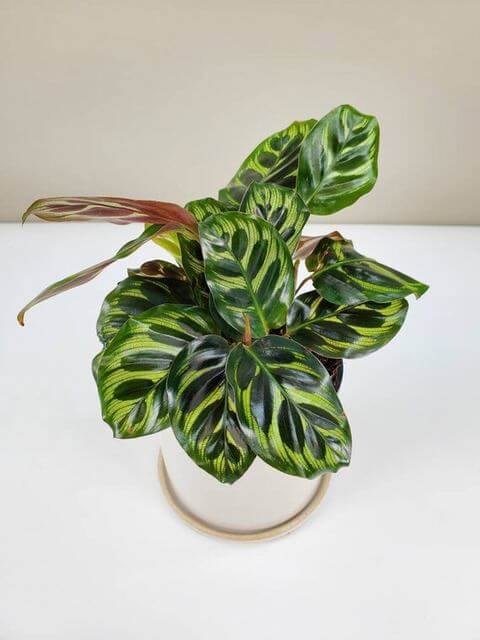 Image Credits: Etsy
Image Credits: Etsy
Peacock Plants show off stunning leaf patterns that resemble feathers. They do best in low light with regular humidity.
Keep the soil consistently moist and mist regularly. Their ornamental value makes them a top pick.
#19 Zebra Plant
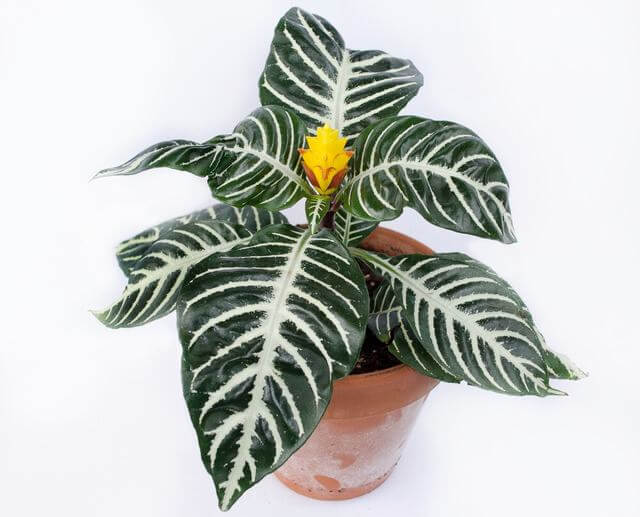 Image Credits: Stamenandstemblog
Image Credits: Stamenandstemblog
Zebra Plants feature bold, white-striped leaves and occasional yellow blooms. They like warm, bright spaces without direct sun.
ASPCA lists them as pet-safe. Keep the humidity high and water when the topsoil feels dry. Use as a tropical accent on counters or shelves.
#20 Ponytail Palm
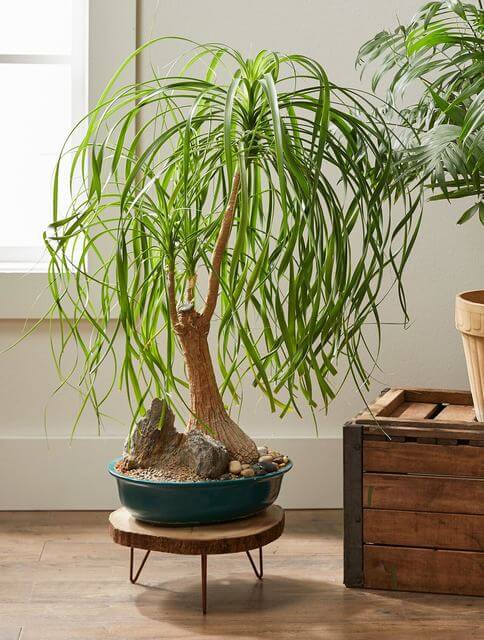 Image Credits: Bhg
Image Credits: Bhg
Despite its name, the Ponytail Palm is technically a succulent. Its bulbous base stores water, so it rarely needs watering.
Place it in bright, indirect light and water sparingly. Its whimsical look fits both boho and modern styles.
#21 Burro’s Tail
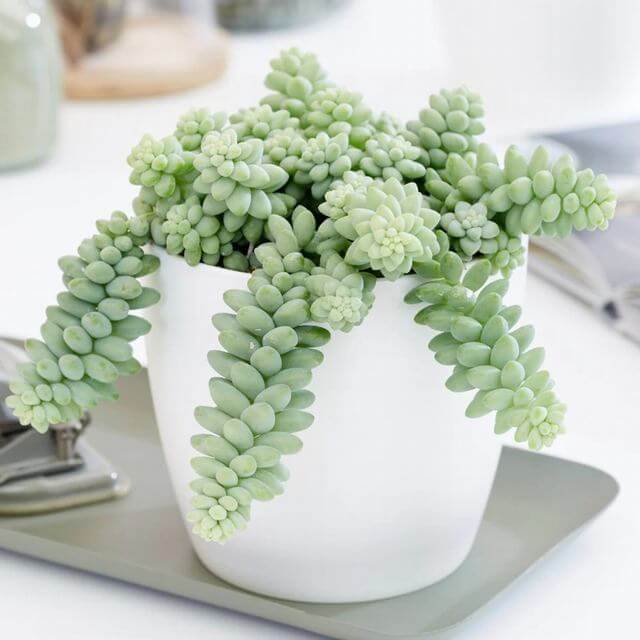 Image Credits: Crocus
Image Credits: Crocus
Burro’s Tail trails gracefully with chubby blue-green leaves. It thrives in bright, indirect light and is drought-tolerant.
ASPCA says it’s safe for pets. Avoid touching too much because leaves fall easily. Perfect for hanging pots or cascading over shelves.
#22 Swedish Ivy
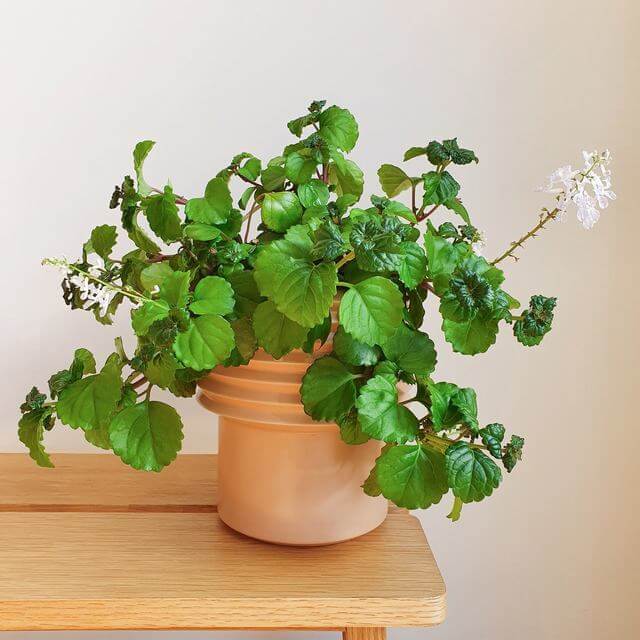 Image Credits: Plantandpot
Image Credits: Plantandpot
Swedish Ivy spills over containers with round, glossy leaves and a mild fragrance. It enjoys moderate light and regular watering.
Snip stems to encourage fullness. It’s easy to propagate and share.
#23 Cast Iron Plant
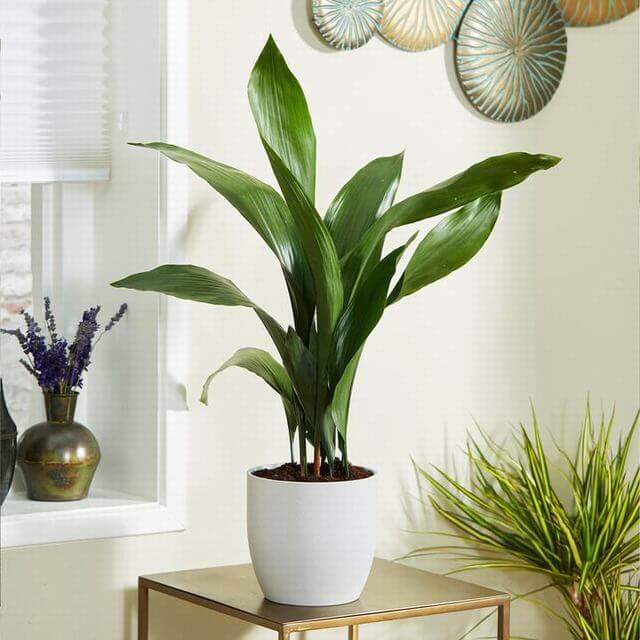 Image Credits: Brighterblooms
Image Credits: Brighterblooms
True to its name, this plant is nearly indestructible and tolerates low light and neglect. Its dark green leaves grow tall and upright.
ASPCA lists it as pet-safe. Water when the topsoil dries out. A great choice for entryways or offices.
